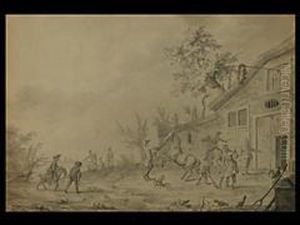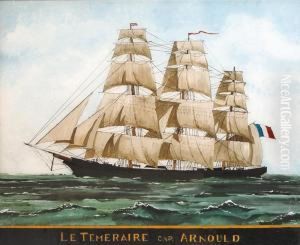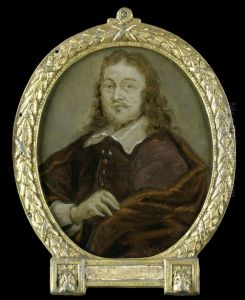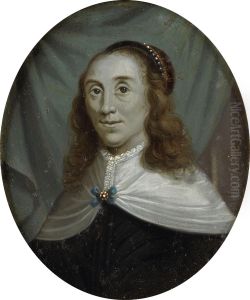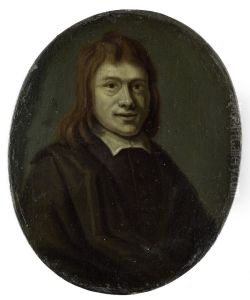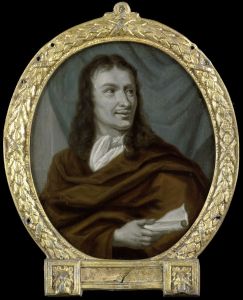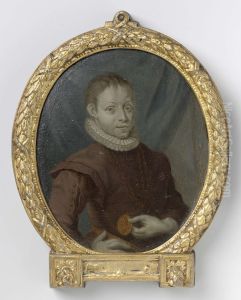Arnoud Van Halen Paintings
Arnoud Van Halen was a Dutch painter, born in 1673 in Amsterdam, Netherlands. His artistic journey is a reflection of the rich cultural and artistic heritage of the Dutch Golden Age, albeit extending into the early 18th century, a period that saw the gradual decline of Dutch artistic preeminence on the European stage. Despite this, Van Halen managed to carve out a niche for himself, contributing to the vibrant artistic scene of his time.
Van Halen's oeuvre is characterized by its diversity, encompassing portraits, genre scenes, and historical paintings. His style was deeply influenced by the prominent artists of the preceding century, such as Rembrandt and Vermeer, although he adapted these influences to fit the tastes and expectations of his own era. This adaptability allowed him to navigate the changing tastes of the art market successfully.
Not much is known about his early life or training, which is a common issue when studying artists from this period. However, it is evident from his works that he had a strong grasp of the technical aspects of painting, likely acquired through apprenticeship, a common practice at the time. Van Halen was particularly noted for his skill in capturing the textures of fabrics and the interplay of light and shadow, a testament to the lasting influence of Rembrandt's work on his own.
Throughout his career, Van Halen received commissions from a variety of patrons, including members of the Dutch aristocracy and the burgeoning merchant class, who sought to immortalize their wealth and status through portraiture. His ability to capture the likeness and personality of his subjects won him acclaim and helped to sustain his career.
Arnoud Van Halen's contributions to the Dutch painting tradition were recognized in his time, but like many artists of his era, his fame waned after his death in 1732. Recent scholarship, however, has begun to reassess his work, recognizing him as an important figure in the transition from the Golden Age of Dutch painting to the more rococo influences that would dominate European art in the mid-18th century. Today, his paintings can be found in numerous museums across the Netherlands, serving as a testament to his skill and versatility as an artist.
